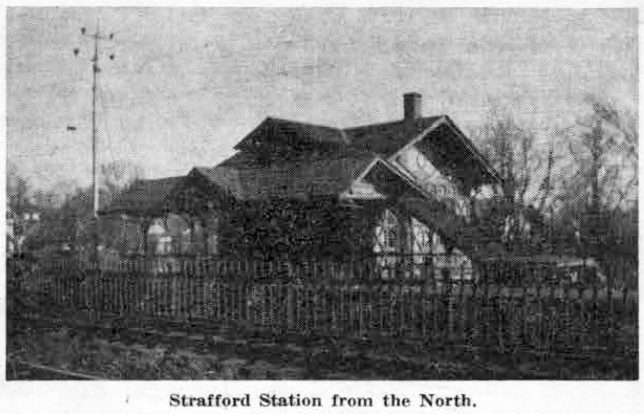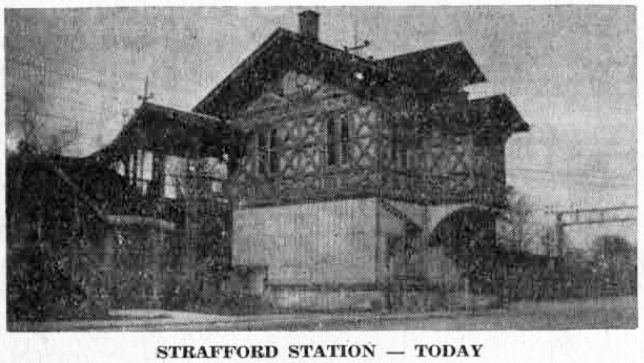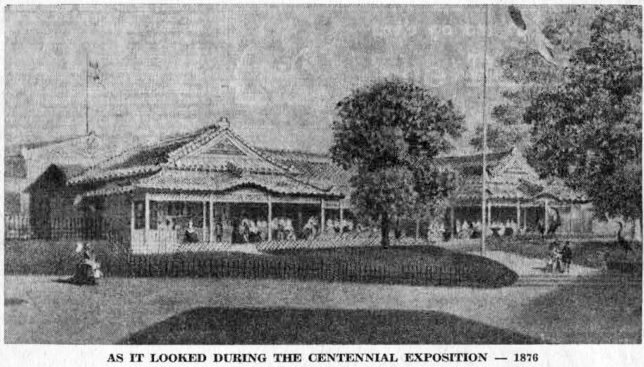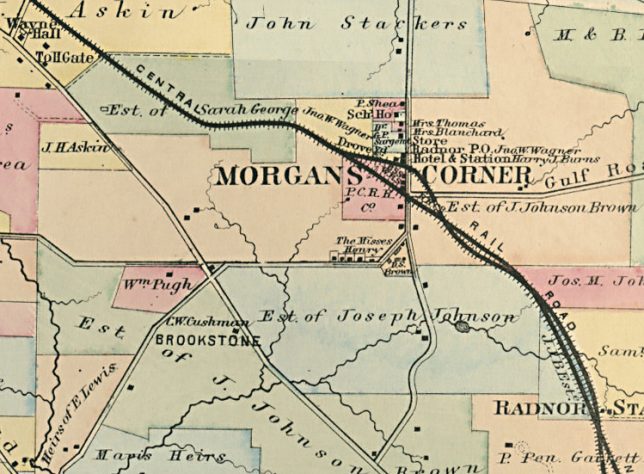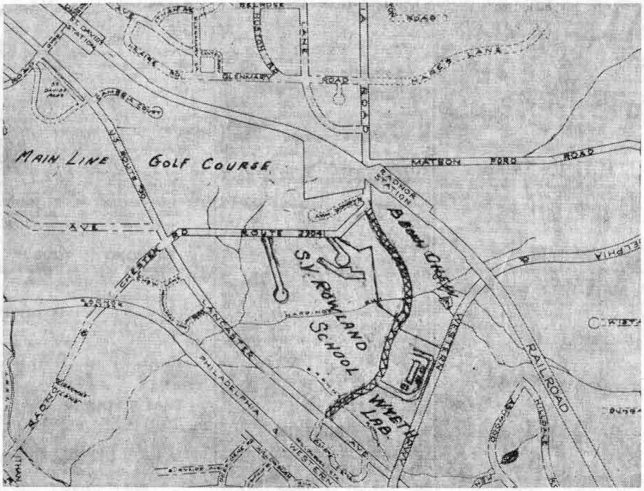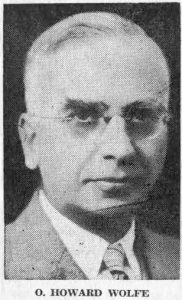 In the course of a few days last week your columnist received two letters, in regard to the Old Store at Radnor, that are of such interest that she is using them in this week’s column. The first came from O. Howard Wolfe, who lived in Radnor for 65 years before moving to his present home in Milford, Pa. Still loved and remembered by the community which he served, Mr. Wolfe will always be regarded as one of the most outstanding citizens that Radnor township has ever had.
In the course of a few days last week your columnist received two letters, in regard to the Old Store at Radnor, that are of such interest that she is using them in this week’s column. The first came from O. Howard Wolfe, who lived in Radnor for 65 years before moving to his present home in Milford, Pa. Still loved and remembered by the community which he served, Mr. Wolfe will always be regarded as one of the most outstanding citizens that Radnor township has ever had.
Although Mr. Yocum left Radnor 48 years ago he, too, will be remembered by old timers who lived in Radnor when he was growing up in the Old Store with his uncle and aunt, Mr. and Mrs. Oscar Dillin.
To both of these men your columnist extends her sincere thanks for the interest they have shown in the story of Radnor and her appreciation of what they have written in regard to “Your Town and My Town.” Letters giving information such as these do will always find a place in this column, as will any pictures sent to Mrs. Patterson.
Mr. Wolfe’s letter follows:
“l have been reading with great interest and enjoying your articles about ‘Morgan’s Corner’ and old time Radnor where I lived for 65 years. So far as I know I am the only resident of Radnor and a graduate of its High School who served both as President of the School Board (11 years) and President of the Board of Commissioners (eight years, and eight more as a member).
“Tryon Steele is probably one of the very few of us now living who knew intimately such old timers as Peter Pechin, Jim Donaldson and Oscar Dillin – just to name a few. Oscar Dillin was an unusual character in his own right and deserves a column of his own. He was the last of the old time country storekeepers who took keen delight, not in being able to advertise the endless list of merchandise he had for sale, but in producing articles which you ‘didn’t know he had.’ He was a unique and remarkable man in many ways.
“Did you know how ‘Morgan’s Corner’ got its name? If you look at a map of Delaware county you will note the shape of the northeast section which is Radnor township and see that it is a straight line right angle. This, I was told many years ago by George Righter, another old time character, was Morgan’s Corner and the name did not derive, as many think, from any road meetings or intersections.
“I believe it was the Pennsylvania R.R. which named ‘Radnor’ and ‘St. Davids’ and other stations along the line, (perhaps ‘Wayne’, too, instead of ‘Louella’). In my early days it was Ithan which was known as Radnor or, after the railroad came, as ‘Old Radnor.’
“You deserve great credit for your interesting and well written articles which have given me, for one, a profound feeling of nostalgia.”
O. HOWARD WOLFE
Milford, Pike Co., Pa.
–––––––
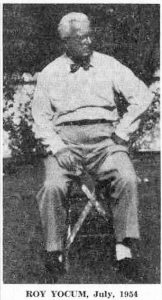 In his letter, Mr. Yocum states:
In his letter, Mr. Yocum states:
“My mother having passed away in 1886 when I was 18 months old, my uncle and aunt, Oscar S. Dillin and Emma Dillin, took me into their home, which was, as you call it, the Dillin Store. It was my mother’s wish that my aunt and uncle take me to raise, which they did, and this in itself only shows the kind of stuff of which those good people were made.
“Now, let me enlighten you a little on the picture (which appeared June 25). Next to the horse and buggy is one of the finest, in fact they are all fine! Tryon Lewis, Ithan; Roy Yocum, the boy; J.Y.N. Dillin, Oscar’s brother; Peter Pechin, with cane.
“Tryon Lewis would drive out from Ithan every evening for the mail.
“Ray Yocum just enjoyed his boyhood days.
“John Dillin is 94 years of age and living today at 325 Abbey Terrace, Drexel Hill. Peter Pechin had the farm on King of Prussia road, near Gulph Creek.
“Mr. Pechin would walk to the store for his mail every morning, as we had the post office at the store. He was the father of the late Nathan P. Pechin, former sheriff of Delaware county.
“You mention Shay’s house – I remember when old Pat Shay died they held a wake for Pat and as a kid, I’ll never forget Pat dead, sitting erect in a chair, in the front room of the house, with candles burning around him.
“I have quite a number of pictures and clippings pertaining to the old store which I prize very highly.
“George John Dillin wrote ‘The Kentucky Rifle’, of which he gave me a copy in 1946. I have a birthday card for Mr. Dillin, for July 28, when he will be 94.
“Could you tell me who was the ‘old timer’ who gave you the information regarding the picture. I have several pictures that were taken by Lucy Sampson.
“I left Radnor in 1906 – 48 years ago – so I will send along a snapshot taken last Sunday of myself now, at the age of 69 – so you call see the difference 50 years or so will make in a fellow.
“Mr. and Mrs. Louis Goebel, of Berwyn, send me ‘The Suburban and Wayne Times’ quite often and I get great pleasure out of your column.
RAY YOCUM
150 East 2nd Street
Long Beach, Calif.
“P.S. The Red Lion Hotel, or Store you refer to, was in Ardmore.
Charles A. Dillin had the store here for many years.
Charles Dillin was my Uncle Oscar’s and John Dillin’s father!
My Uncle Oscar ran the store at Radnor (‘Morgan’s Corner’) for nearly 40 years!
Samual Acre Campton was the Postmaster at Radnor Station when I left Radnor In 1906.
Horace Greeley said, ‘Go west young man, Go West.’ I did and learned the hard way – but after all Radnor was my home!”

